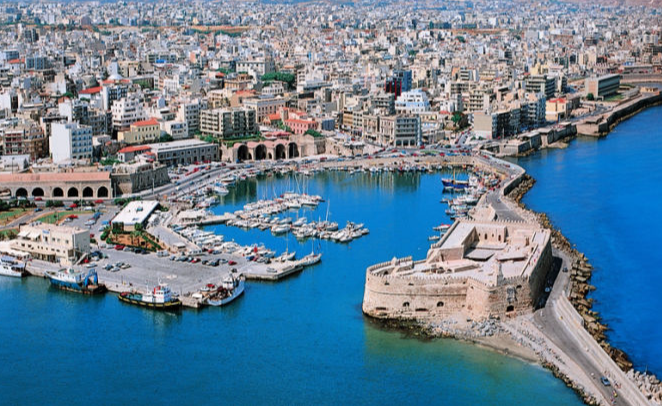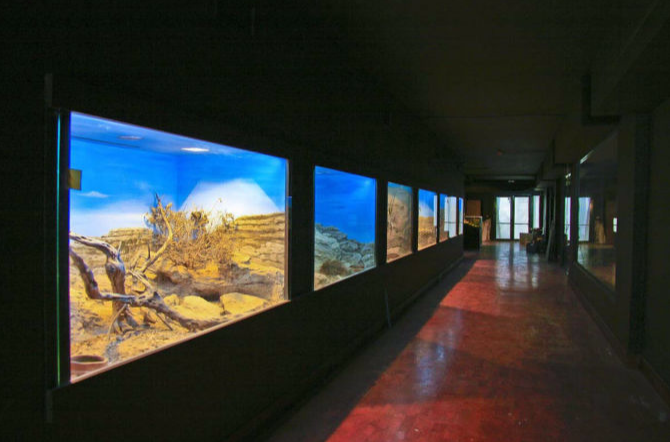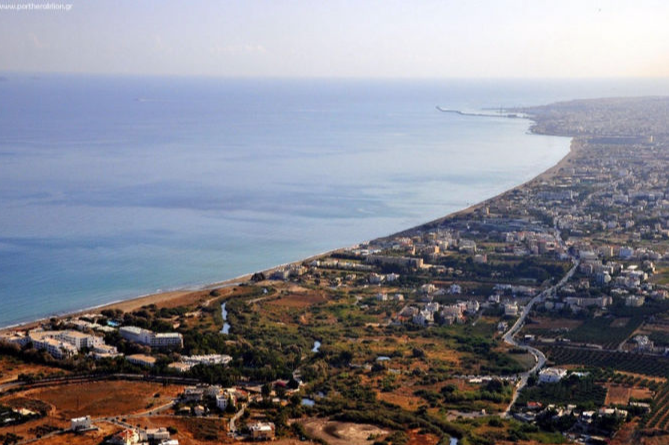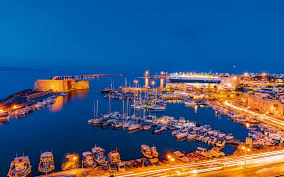

Tour description provided by Viator
Enjoy a real Cretan eating adventure while strolling the beautiful streets of Heraklion with your private guide.Explore the Historical city center of Heraklion and Capital of Crete! The 7th labor of Hercules was performed here, the birthplace of El Greco and Nikos Kazantzakis. Heraklion’s history with stories of its turbulent past and visits to its legendary churches, fountains, and monuments The best example of the world famous Mediterranean diet is found in Crete. Discover with us the secrets of Cretans longevity. Walk with us, the local side of Heraklion through its lesser-known streets, forgotten laneways, and old city Venetians walls
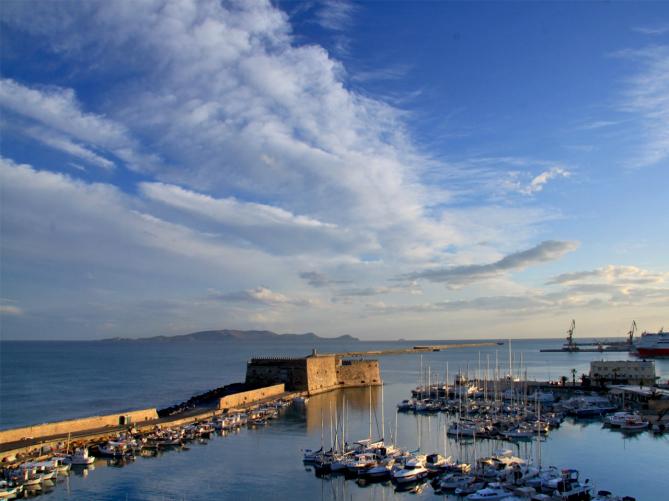
Guests, that intend to visit Heraklion Crete for a short time – from the port of Heraklion, Shore Excursions and not only, we can provide an Historical - Culture and Info tour with professional licensed tour Guide, without losing valuable time exploring the unknown.On this tour you enjoy local products finger food and wine amidst Venetian monumental buildings.
ItineraryThis is a typical itinerary for this productStop At: WeGuide, Heraklion, CreteEnjoy a historical and cultural walking tour with a professional licensed guide without losing valuable time exploring the unknown.Join our small group (up to 12 pax) and visit the birthplace of El Greco and Nikos Kazantzakis.On this tour you enjoy local products finger food and wine amidst Venetian monumental buildings. Duration: 3 hours 30 minutes
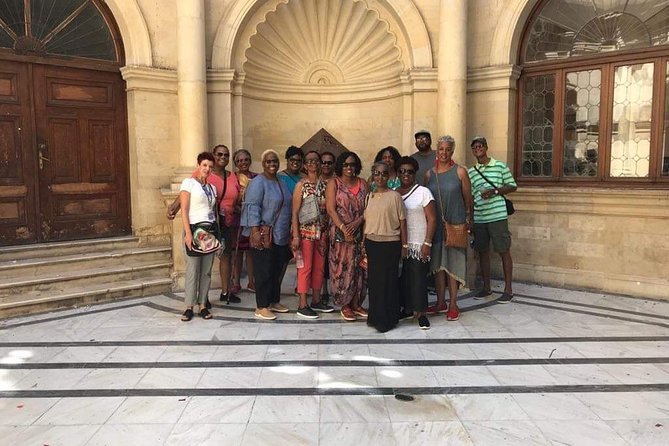
Lorem ipsum dolor sit amet, consectetur adipisicing elit. Autem laudantium in adipisci ipsa optio quas id excepturi non, eos cupiditate, necessitatibus sapiente illo error. Vero adipisci quidem aut itaque labore.

Lorem ipsum dolor sit amet, consectetur adipisicing elit. Autem laudantium in adipisci ipsa optio quas id excepturi non, eos cupiditate, necessitatibus sapiente illo error. Vero adipisci quidem aut itaque labore.

Heraklion is the largest city of Crete and one of Greece’s major urban centers. Its development begun in the wake of the 9th century AD (in antiquity, Knossos was the island’s most important centre, followed by Gortyn). In later times, Heraklion came under Arabic, Venetian and Ottoman rule; its conquerors initially gave it the name Khandaq or Handak which was corrupted to Candia. During the 2004 Olympic Games, the city of Heraklion provided one of the venues for the football tournament.
Among the most outstanding sights of Heraklion are the fortification walls that delimit the “old city”. The first fortifications were built by the Arabs and were later reinforced by the Venetians (15th century). From the seven bastions, only the Martinengo bastion survives to this day; there visitors will find the tomb of the renowned writer N. Kazantzakis, overlooking the city. From the four gates to the city, only Chanioporta (1570) with the characteristic winged Lion of Saint Marc and the New Gate (1587) at the southern side survive today.
In the old (Venetian) port, next to the modern facilities, one can see the vaulted tarsanades where ships used to be built, while the western side is dominated by the Koule fortress (16th century)






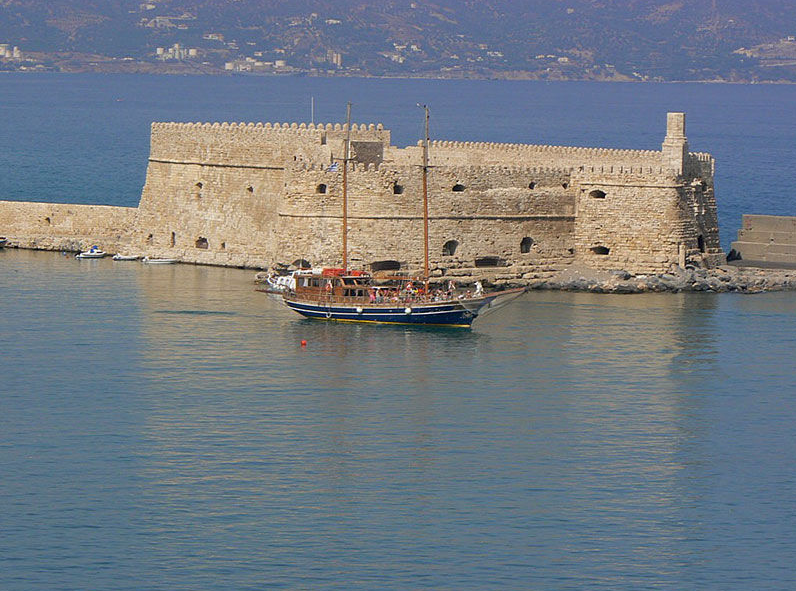
The Koules is a Venetian fortress, in its present form, which was built between 1523 and 1540 to protect the harbor. During the Venetian times it was called “Rocca a Mare” or “Castello a Mare” and during the Turkish occupation after 1669, it was called ‘Koules’. It extends in an area of about 3,600 square meters. It has the form of a quadrilateral with a strongly overhang shaped semicircle on the east side.
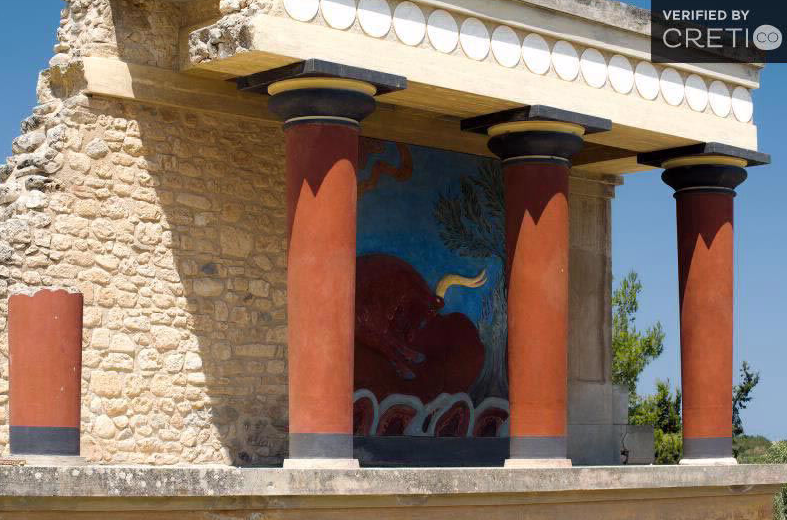
Knossos Palace as it is usually called is the most important archaeological finding of the Bronze Age. Probably, Knossos was the cultural center of the Minoan civilization. The palace looks like a maze of rooms in which people were able to work and live. In the center, there is the square. On the walls of the palace, you will have the chance to see detailed images of life in Crete during the Bronze Age
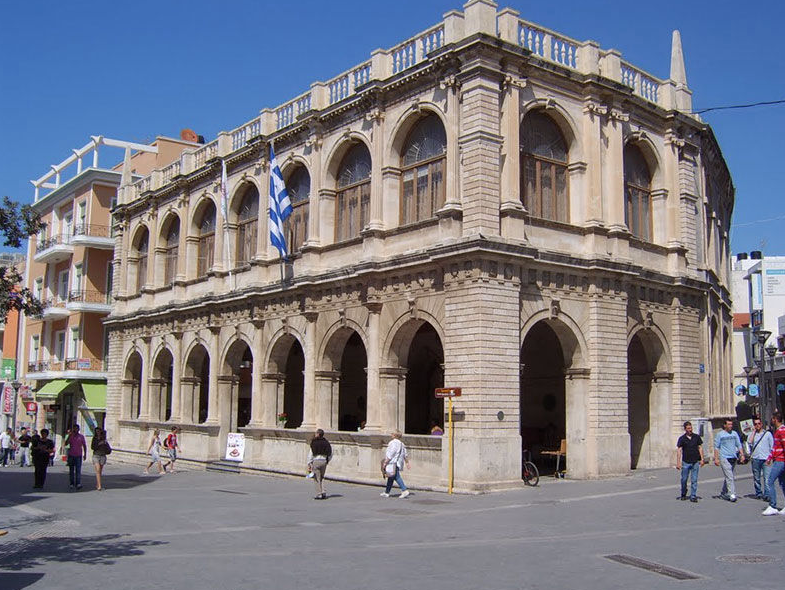
Maybe the most beautiful of the Heraklion Highlights is the Loggia. The Loggia is located in the center of Heraklion, on the street August 25, a few meters from the Basilica of San Marco and the Lions. The Loggia, one of the finest monuments represents the Venetian architecture in Crete. The Loggia was built in 1626-28 by Francesco Morosini, who also built the lions fountain (Morosini Fountain) in the Square of Eleftherios Venizelos.
